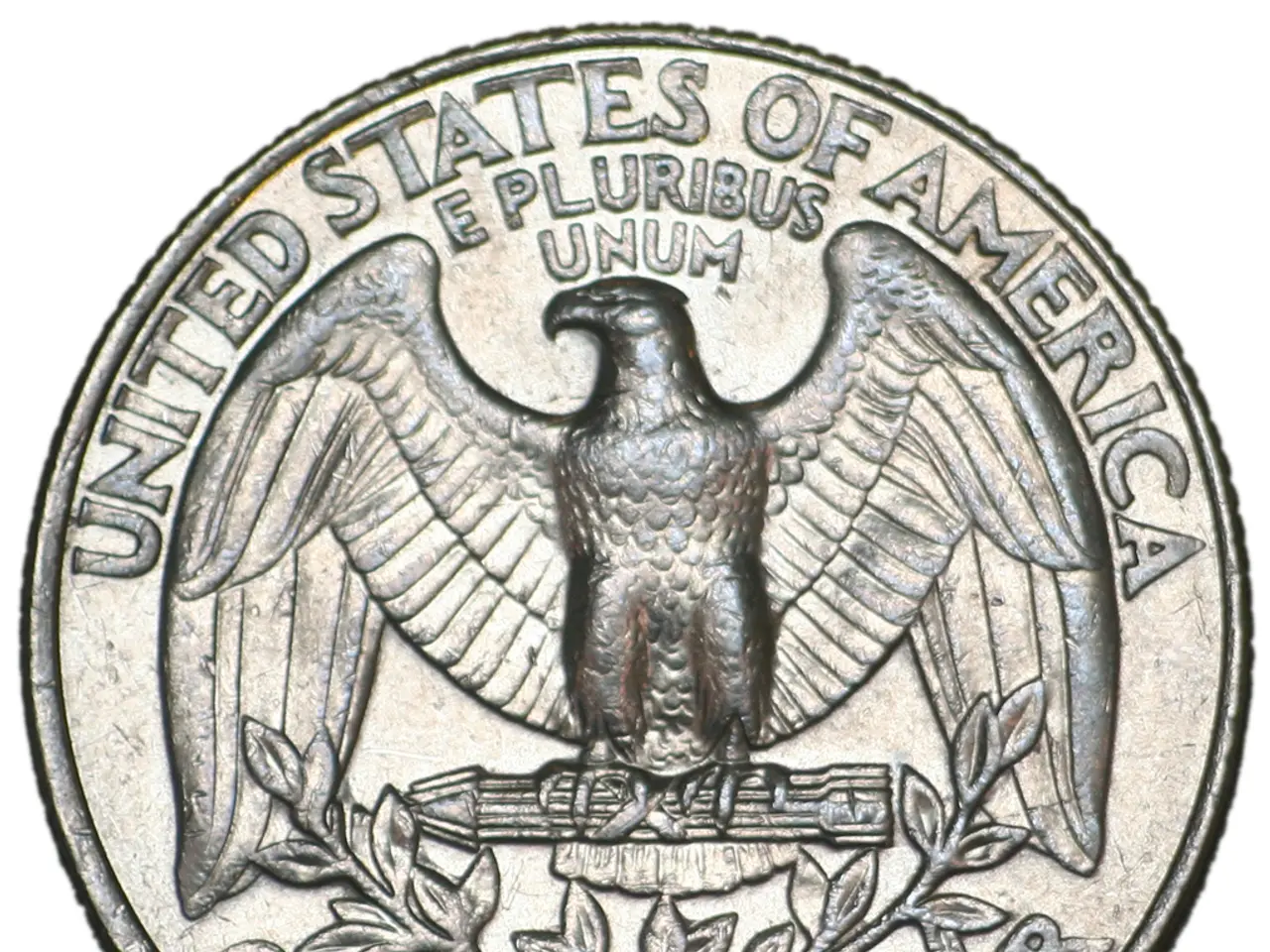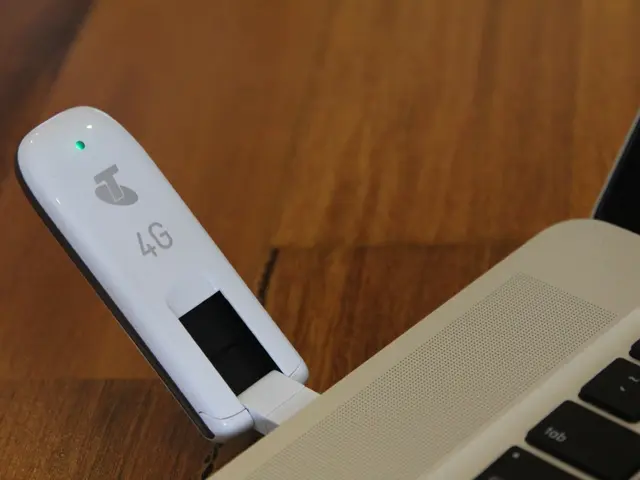Potential Consequences if Pi Network Initiates with Price Valued at $500 Per Coin
Pi Coin: A Journey of High Hopes and Low Prices
Pi Coin, the mobile-based cryptocurrency launched in 2019, has had a rollercoaster ride since its inception. The digital asset, designed to be accessible and free to mine on smartphones, started with a low price due to its early-stage development and lack of a proven value or mature ecosystem.
Upon its mainnet launch in early 2025, Pi briefly surged to nearly $3, fueled by hype. However, this speculative frenzy led to an inflated market capitalization near $195 billion, rivaling that of Bitcoin. The high starting valuation left little room for stability or correction, and Pi soon plunged over 55% within 24 hours, settling around $1.45 [1].
Since then, Pi has experienced heavy selling pressure due to several factors. One of the main culprits is the substantial increase in circulating supply caused by its token release schedule, which unlocks over 100 million new PI monthly. This flood of new coins puts pressure on the price, as does the concentration of the supply in just 100 wallets. Pi is listed on only a few smaller exchanges, which results in thin order books and makes the price highly sensitive to large sales [2].
Moreover, Pi's ecosystem lacks mature applications and broad institutional adoption compared to top cryptocurrencies. This constrains demand and limits price appreciation [4][5]. As a result, Pi currently trades around $0.38 to $0.45, an 85-87% drop from its all-time high near $3 reached shortly after mainnet launch in February 2025. It has a market cap around $3-3.5 billion and remains highly volatile with significant inflation risk from ongoing token unlocks [1][2][3].
Despite the low market sentiment and bleeding phase Pi is currently experiencing, there is still hope for its recovery. A mystery account has amassed 350.5 million Pi coins, worth over $125 million, signifying long-term confidence in the crypto's potential [1]. Some analysts remain optimistic and await a potential surge for Pi.
However, the question remains: why wasn't Pi Coin launched at a higher starting price? A high price like $25 or $500 would have been unjustified for Pi, given its early-stage development and lack of a solid foundation. A high initial price would likely have led to a swift price crash, as has been the case with many new crypto projects without established utility or strong exchange presence [4].
In conclusion, Pi Coin's low starting price and subsequent price decline reflect its early-stage development, massive token inflation, market liquidity constraints, and speculative corrections typical for new crypto projects without established utility or strong exchange presence. As Pi continues to evolve and mature, it remains to be seen whether it can regain the confidence of the market and reach new heights.
*Note: This article is for informational purposes only and should not be taken as financial advice. Always do your own research before making investment decisions.
References: 1. Pi Coin Price Prediction 2025, 2026, 2027, 2028, 2029, 2030 2. Pi Coin Price Live Data | Coingecko 3. Pi Coin Price History 4. Pi Coin (PI) Price Prediction 2025, 2026, 2027, 2028, 2029, 2030 5. Pi Coin (PI) Price Prediction 2025, 2026, 2027, 2028, 2029, 2030
- The launch of Pi Coin in 2019 set a low price due to its early-stage development and lack of a proven value or mature ecosystem, different from contemporary cryptocurrencies like Bitcoin and Ethereum.
- Analysts debate whether Pi Coin should have started at a higher price, considering the volatile nature of the cryptocurrency market and the challenges faced by new projects like Pi, especially those without solid foundations or established utility.
- The trading volume of Pi Coin, despite its low starting price, shows that some investors value the potential of this cryptocurrency, similar to the current investing trends in various technologies.
- The future of Pi Coin is uncertain, with new developments in the technology field and potential price fluctuations in the cryptocurrency market, offering both opportunities and risks for those involved in options trading and other types of finance involving Pi.




